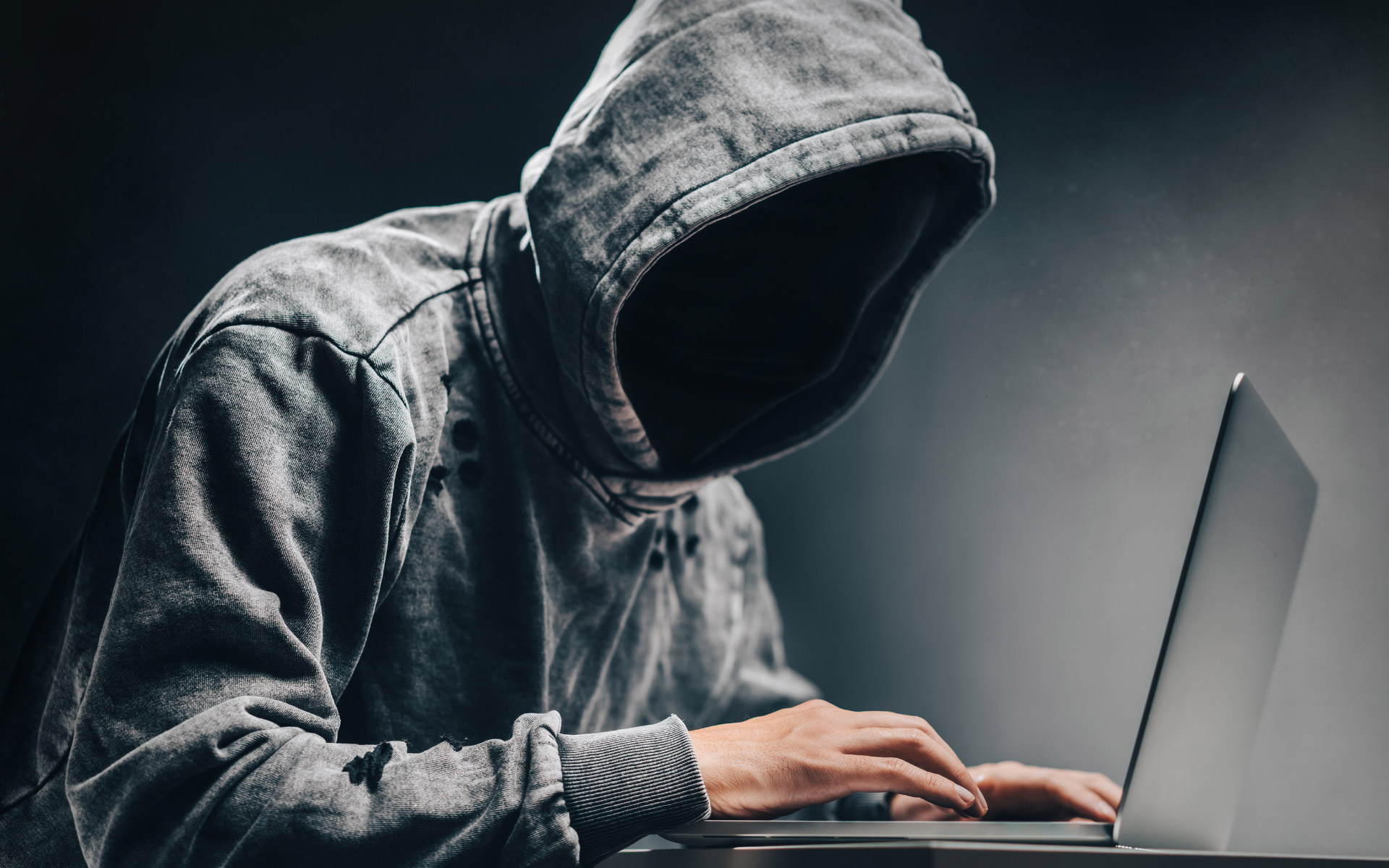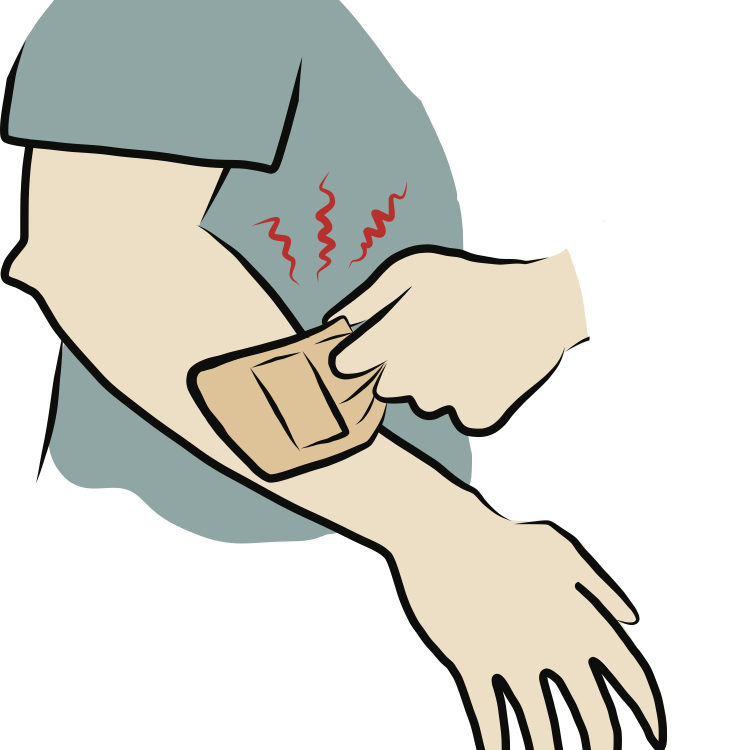Don’t Be Another Victim – 9 Ways to Fight Back Against Cybercrime

As we’ve become increasingly dependent on technology, cybersecurity has become a priority in both our personal and professional lives. Being the victim of cybercrime isn’t just frustrating, it can also cause harm to your reputation, credit score, and finances. In fact, as of 2020, the average cost of a data breach is an astounding $3.86 million!
The good news? You can be victorious against cybercrime by taking the 9 following precautionary measures.
1. Arm yourself with the right tools.
You don’t exactly have to go with Ft. Knox-level security here. But, you should have at least a full-service internet security suite. Ideally, this is software that provides real-time protection against both existing and emerging malware, such as viruses and ransomware.
It also would be beneficial if the tool offered a firewall, blocks dangerous sites, and updates automatically. It should also quarantine threats and come with additional features like parental controls and a VPN.
Some of your best options include;
- Birefinder Total Security
- Norton 360 Deluxe
- Kaspersky Total Security
- Avast Ultimate
- MacAfee Total Protection
- Webroot Internet Security Complete
Of course, your mileage may vary depending on the exact features and cost of the software. For example, for businesses, it’s worth investing in Bitefinder’s GravityZone solution, while individuals should be fine with free opinions like Avast or AVG.
To give you even more peace of mind, most industries are utilizing artificial intelligence and machine learning to thwart cyberattacks in advance. This is made possible through behavioral analytics, phishing detection, and risk/vulnerability management.
2. Employ the strongest passwords.
When it comes to online threats, your password is most likely your greatest vulnerability. Considering that the average person has 100 different passwords, this makes sense. In order to remember all of these, you’re probably reusing the same easy-to-remember password.
At the minimum, passwords should be eight characters consisting of a combination of numbers, letters, and symbols. They also shouldn’t be anything that’s related to you, like your birthday or street address.
Some folks can get by using a memory device. One example from Tim Parker over at Investopedia would be, “Ericka was born in Chicago in 1998.” That means your password would be “EwbiC1998$” (add a symbol of your choice at the end).
Again, if you have close to a hundred passwords, that can still be challenging. If so, consider looking into a password manager. You’ll just need to remember one master password. All other information is encrypted so that it’s safe and secure.
LastPass, 1Password, Bitwarden, Dashlane, and Keeper are all highly regarded password keepers. For work-related passwords, you should consider enterprise password management from platforms like Thycotic.
3. Make the most of multifactor authentication.
Multifactor authentication, MFA for short, is fairly straightforward. As opposed to asking for a username and password you’re required to use another form of identification. Common examples include PINs, security questions, possessions like a badge or smartphone, or biometrics including fingerprints or voice recognition.
You can enable two-factor authentication on most apps, devices, or websites ranging from Amazon, Apple, Google, Dropbox, Facebook, to PayPal. Head over to Brainstation for more information on 2FA and how to enable it.
4. Always encrypt and back-up.
Encryption is nothing more than encoding data so that it can’t be read by others. The good news is that most of the platforms that you use on a daily basis already do this for you. Examples include HTTPS, email servers like Gmail and Outlook, messaging apps like Signal, VPNs, and cryptocurrencies such as Bitcoin.
In short, you want to make sure that the platforms you’re using offer end-to-end encryption.
Additionally, you also should back-up valuable data that you feel can not be replaced if lost. This includes contact information, photos, videos, documents, spreadsheets, and financial databases. Preferably, you want to back this data on a secure and separate location like flash drives, external hard drives, cloud solutions like iCloud, Google Drive, Dropbox, or backup services that offer encryption.
5. Think before you click.
The easiest and most effective way to protect yourself is to always think before clicking on a link. If you receive an email from an unknown sender do click click on the link in the message — if the address looks suspicious I wouldn’t even open it up, just toss it into the trash.
Also, avoid dodgy websites. A dead giveaway is whether the URL starts with “https” (this stands for HTTP secure). If so, the site is safe and secure.
And, never, and I mean never, willingly share private or sensitive data on social media, message boards, emails, or over the phone. For example, the IRS will usually contact you through snail mail via the U.S. Postal Service.
6. Don’t store your credit card info online.
I know. It’s super-convenient to login with one-click on sites like Amazon when checking out since there’s no need to fill out your billing information. Even though marketplaces like Amazon are secure and usually trustworthy, they’re not infallible.
So, the next time your grumble about this, just remind yourself that it would be much more costly, time-consuming, and frustrating to deal with a situation like identity theft for the sake of a faster checkout.
7. Retrain yourself and don’t use open WI-FI.
Speaking of convenience, open or public WI-FI can be a God-Send. However, it also possess a major security threat.
Via Kaspersky;
“The biggest threat to free Wi-Fi security is the ability for the hacker to position himself between you and the connection point. So instead of talking directly with the hotspot, you’re sending your information to the hacker, who then relays it on.
While working in this setup, the hacker has access to every piece of information you’re sending out on the Internet: important emails, credit card information and even security credentials to your business network. Once the hacker has that information, he can — at his leisure — access your systems as if he were you.
Hackers can also use an unsecured Wi-Fi connection to distribute malware. If you allow file-sharing across a network, the hacker can easily plant infected software on your computer. Some ingenious hackers have even managed to hack the connection point itself, causing a pop-up window to appear during the connection process offering an upgrade to a piece of popular software. Clicking the window installs the malware.”
While definitely a concern, that shouldn’t make you become a hermit. Instead, when out and about, use a VPN and/or SSL connections. Also, turn off sharing and Wi-Fi. And, make sure that you have a robust security solution installed and updated on your devices.
8. Stay on top of the latest threats and trends.
You don’t necessarily have to obsessively pay attention to every specific cyber threat. Rather, you should be aware of major security breaches from businesses that you have an account with.
For instance, when hackers attacked Captial One, Target, Adobe, Yahoo, or DoorDash, you should have immediately reviewed your account, as well as your banking or credit card statements. And, you should have also changed your passwords.
In most cases, these organizations will notify you. However, if you hear that there’s been a breach, you need to take action as soon as possible — whether you’ve been notified or not.
9. Train others.
If you’re an employer, then you’ll need to take measures like creating a data policy, reviewing user privileges, and establishing a culture of accountability. Most importantly, you need to educate your team on cybersecurity basics that have been listed above. After all, human error was a major contributing cause in 95% of all breaches.
Outside of work, educate your family members, especially elderly family members and children, on common security practices. This includes not sharing personal information, using strong and unique passwords, and avoiding fishy websites.
What if you’re a victim of a cybercrime?
If you believe that you’re a victim of a cybercrime, you must take action immediately. Changing your password and checking for suspicious activity is a give-in. But, you should also contact the banks and companies where the fraud occurred, place fraud alerts on your credit reports, and report the situation to the proper authority figures like the Federal Trade Commission, police, and insurance company.



